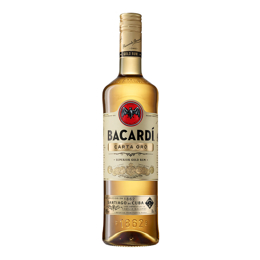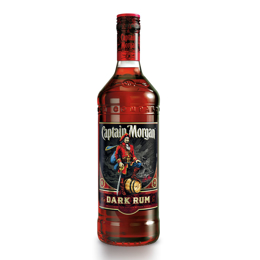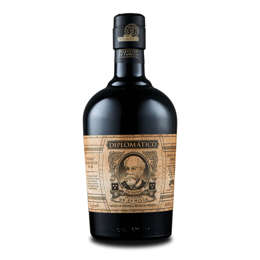Gold / Dark / Aged Rum
Rum matures in wooden barrels and thus turns into different types, such as Gold, Dark and Aged. Discover all types and choose the one that suits you.
Angostura 1919 Rum 700ml
Angostura 5 Y.O. Rum 700ml
Angostura 7 Y.O. Rum 700ml
Bacardi 8 Anos Rum 700ml
Bacardi Anejo 4 Y.0. Rum 700ml
Bacardi Carta Negra Rum 700ml
Bayou Single Batch Rum 700ml
Bayou XO Mardi Gras Rum 700ml
Botran Reserva 15 Y.O. Rum 700ml
Botran Reserva 8 Y.O. Rum 700ml
Botran Solera 18 Y.O. Rum 700ml
Bumbu The Original Rum 700ml
Bumbu XO Rum 700ml
Captain Morgan Black Rum 700ml
Dictador 12 Y.O. Rum 700ml
Diplomatico Familia Rum 700ml
Diplomatico Ambassador Rum 700ml
Diplomatico Mantuano Rum 700ml
Frequently Asked Questions
01 What is gold rum and which are its main characteristics?
Immediately after distillation, rum is colorless. It begins to acquire color when placed in an aging barrel. The longer the time, the darker the color. Gold rum has a light color because relatively limited aging years. Despite the "restrained" maturation, notes of vanilla, caramel and nuts are evident in this type of rum.
02What is the difference between gold, black and aged rum?
Golden rum and black rum are two types of aged rum. Black rum is darker in color than gold due to longer aging and the possible addition of molasses or caramel. Thus, black rum is more robust in the mouth and more generous in the nose.
03What is the production process of aged rum?
After distillation is complete, rum is transfered into wooden aging barrels. These barrels may not have undergone any treatment. However, they may have been used in the past to store wine or have been charred. Depending on the type of barrel and the time rum stays in it, the spirit acquires a distinct character.
04 Which are the most popular brands of aged rum in Konstantakopoulos liquor store?
Labels bearing the names Angostura, Bacardi, Diplomatico, Don Papa, Havana Club, Pampero and Plantation (now Planteray, from early 2024) are certainly popular.
05 How does aging affect the taste and aroma of rum?
Aging makes rum more full-bodied. It also enriches it with elements of spices, forest fruits, caramel, mushrooms and tobacco. In general, aging is responsible for a more robust rum “direction”.
06 Which aged rum would you recommend for cocktails and which would you enjoy neat?
A white rum is ideal for all these cool cocktails, which mark our beautiful summer moments. A lightly aged rum, such as Bacardi Carta Oro or The Demon’s Share 3 Y.O, can highlight them. However, the character pluralism of a deeper aged rum, such as Matusalem Gran Reserva 15 Y.O, will be more easily revealed when enjoyed neat or with some ice.
07 What is the proper serving temperature for aged rum?
Aged rum is best enjoyed at room temperature, although it can be slightly chilled with an ice cube. Of course, the aging degree of the spirit and the preferences of each consumer are important.

























